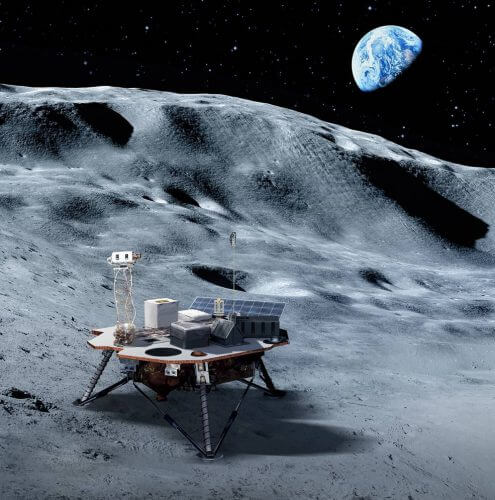
NASA has selected three commercial lunar landing service providers to send science and technology probes as part of the Commercial Lunar Probe Services (CLPS) as part of the Artemis program. Each of the landers will carry probes provided by NASA that will conduct scientific investigations and demonstrate advanced technologies on the lunar surface, paving the way for NASA astronauts to land on the moon by 2024.
"Our selection of these American commercial lunar landing service providers marks America's return to the lunar surface for the first time in decades, and is a huge step forward in our lunar exploration programs under Artemis," said NASA Administrator Jim Bridenstine. "Next year our initial scientific and technological research will be on the surface of the moon, and this will help support sending the first woman and the next man to the moon within five years. The investment in these commercial launch services is also another strong step in building a commercial space economy beyond low Earth orbit."
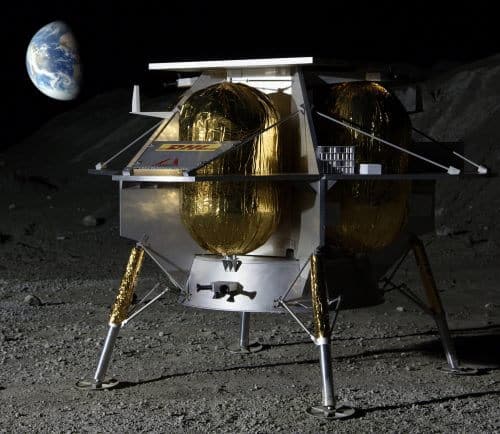
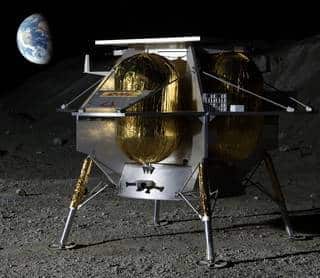
As part of their proposals, each of the partners offered to fly specific NASA instruments to the surface of the moon. By the end of the summer, NASA will determine which spacecraft will be flown on each flight. The potential probes include instruments that will perform new lunar science, pinpoint the lander's location, measure the lunar radiation environment, assess the impact of the astronauts' and landers' activities on the moon, and aid in navigation precision, among other capabilities.
The chosen ones are:
• Astrobotics of Pittsburgh received $79.5 million and offered to fly up to 14 probes to Lacus Mortis, a large crater on the near side of the moon, by July 2021.
• Houston-based Intuitive Machining received $77 million. The company proposed flying up to five probes to Oceanus Procellarum, a scientifically intriguing dark spot on the moon, by July 2021.
• Orbit Beyond of Edison, New Jersey, received $97 million and offered to fly up to four probes to Mare Imbrium, a lava plane in one of the moon's craters, by September 2020.
Orbit Beyond of Edison, New Jersey, has proposed flying up to four probes into a lava plane in one of the moon's craters.
Credits: Orbit Beyond
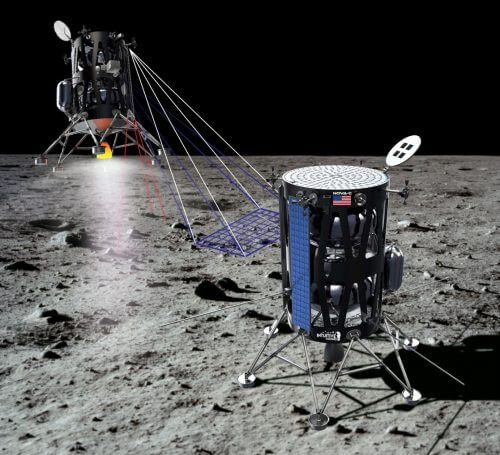
"These landings are just the beginning of exciting commercial partnerships that will bring us closer to solving the many scientific mysteries of our moon, our solar system, and beyond," said Thomas Zerbakken, deputy administrator of NASA's Science Mission Administration in Washington. "What we learn will not only change our view of the universe, but will also prepare our manned missions to the moon and eventually to Mars."
Each partner provides NASA end-to-end commercial spacecraft delivery services, including integration and operation of the spacecraft, launch from Earth and landing on the surface of the moon. These early missions will enable important demonstrations of technologies that will inform the development of future landers and other exploration systems needed to return humans to the Moon. They will also help prepare NASA to send astronauts to explore Mars.
"This announcement marks a significant step in NASA's collaboration with our commercial partners," said Chris Calbat, CLPS program manager at NASA's Johnson Space Center in Houston. "NASA is committed to working with industry to enable the next round of lunar exploration." The companies we have chosen represent a diverse community of small and exciting American companies, each with their own unique innovative approach to reaching the moon. We look forward to working with them so that our probes are sent and open the door to returning people to the moon."
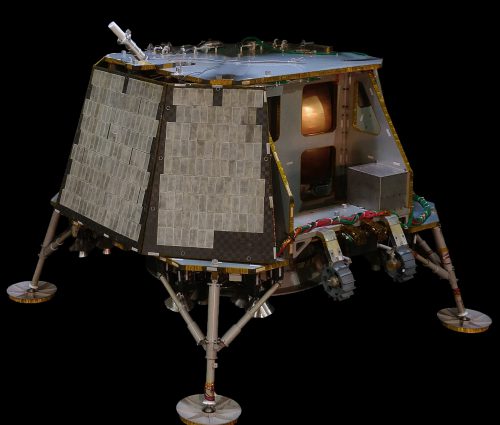
As science, technology demonstration, and manned exploration requirements for additional platforms develop, requests for proposals for mission orders will be sent to all current CLPS contractors. All of the first nine companies selected in November 2018 for CLPS will be able to bid for subsequent task orders.
With the mission of returning astronauts to the moon within five years, NASA's Artemis lunar exploration programs are based on a two-phase approach: the first focuses on speed - landing astronauts on the moon by 2024 - while the second will establish a permanent human presence on or around the moon by 2028. We will use what to learn about the moon to prepare for sending astronauts to Mars.
For a message on the NASA website
More of the topic in Hayadan:

One response
Unfortunately, all the launchers that exist today are quite limited in sending significant payloads to the moon, including the heavy Falcon launcher. It would be necessary to launch several of them to enable even one manned mission to the moon.
The SLS is very late and will be horrendously expensive.
Space-X's starship (what was previously known as BFR and BFS) is getting ready, and it will probably take a few years before it can carry out missions to the moon.
Blue Origin, which talks about the development of the great New Glenn followed by the even more formidable New Armstrong, has not yet put its suborbital launcher (the New Shepard) into commercial use.